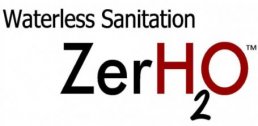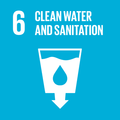The Zerho Waterless Toilet is a self-contained waterless system that hygienically converts human waste into a useful ingredient for fertiliser.
The Zerho Waterless Toilet is a compact, low-cost solution to sanitation in water-stressed areas. It’s self-contained design means it requires no drilling or plumbing, and does not risk contaminating groundwater streams in areas with a shallow water table. The toilet is designed in such a way to separate urine and faeces, and uses sunshine to aid in the dehumidification process that kills harmful bacteria – unlike conventional septic tank systems, which often rely on harsh chemicals. There is also a built-in basket that allows simple and hygienic removal of the dried fecal product, which can then be used for producing fertiliser.
Self-contained toilets also offer a number of health and social benefits. Because they are not linked to any water sources they prevent the contamination of drinking water and help to limit the spread of waterborne diseases in rural or urban areas that lack proper sanitation facilities. On a broader note, access to proper toilets as an alternative to open defecation, provides both safety and dignity.
Why you should care
In 2015, 61% of the global population still lived without access to properly managed sanitation services. Poorly managed and informal toilets pose a persistent health risk, particularly due to the spread of waterborne diseases like cholera. Waterless solutions are particularly important in countries that are experiencing water stress. In South Africa, where the solution was developed, the major city of Cape Town came alarmingly close to running out of water – titled ‘Day Zero’ – creating an imperative to consider water usage when providing access to sanitation services.
How the Global Goals are addressed
Good health and well-being
Access to improved sanitation can help to prevent the spread of waterborne diseases like cholera.
Clean water and sanitation
Toilets can increase access to sanitation and prevent contamination of drinking water sources. It also cuts water consumption associated with toilets and can reduce costs for families.




